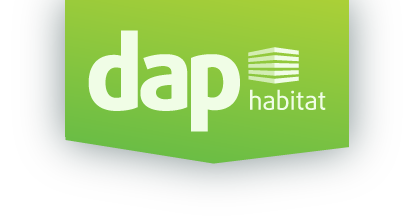Thermal Insulation
This document provides the framework that enables organizations to develop studies / papers on the environmental performance of wall coating products, through the Life Cycle Assessment (LCA) and also to report such performance through Type III Environmental Product Declarations (EPD).
The product category for “insulation” includes different types of products designed to reduce heat transfer between buildings and other construction works and outer space, or spaces between these buildings. A product can be included in this category if they are shown the respective technical characteristics necessary for the performance described above (in document in accordance with national law). The thermal insulation products are materials with a lower thermal conductivity to 0.065 (W / m.◦C) and superior thermal resistance to 0,30 (m2.◦C / W), according to the national legislation applicable to the thermal behavior buildings. However, other materials that do not have these characteristics (ex .: light beads in bulk or lightweight concrete), can ensure the function of heat insulation of buildings and other construction works and be so included in this product category [1] .
[1] According to LNEC publication "ITE50 - heat transfer coefficients of elements of the building envelope"
Some examples of thermal insulation products covered by the PCR document:
- expanded cork (cork insulation board – ICB; EN 13170);
- flexible elastomeric foam (flexible elastomeric foam – ETF; EN 14304);
- polyethylene foam (polyethylene foam – PEF; EN 14313);
- polyisocyanurate foam (polyisocyanurate foam – RIP; EN 14308);
- phenolic foam (phenolic foam – PF; EN 13166 and EN 14314);
- rigid polyurethane foam (rigid polyurethane foam – PUR; EN 13165 and EN 14308);
- wood fibers (wood fibers – WF; EN 13171);
- light expanded clay granules (expanded clay lightweight aggregate – LWA; EN 14063-1);
- light granules of vermiculite (vermiculite exfoliated – EV; EN 14317-1 and EN 15600-1);
- wood wool (wood wool – WW; EN 13168);
- mineral wool (mineral wool – MW; EN 13162, EN 14064-1 and EN 14303);
- expanded perlite (perlite expanded – EPB; EN 13169, 14316-1 and 15599-1);
- molded expanded polystyrene (expanded polystyrene – EPS; EN 13163, EN 14309 and EN 14933);
- extruded polystyrene (extruded polystyrene – XPS, EN 13164, EN 14307 and EN 14934);
- calcium silicate (SC; calcium silicate – CS; EN 14306);
- cellular glass (cellular glass – CG; EN 13167 and EN 14305).
An EPD performed according to this document shall communicate reliable and verifiable PCR information about the environmental performance of floor coatings. After the development of an EPD, the organization shall forward the process to a certification body recognized by the DAPHabitat System for validation of the reported information.






